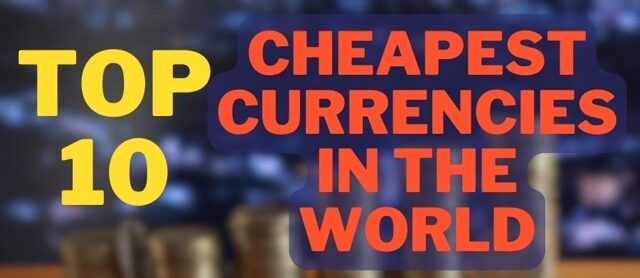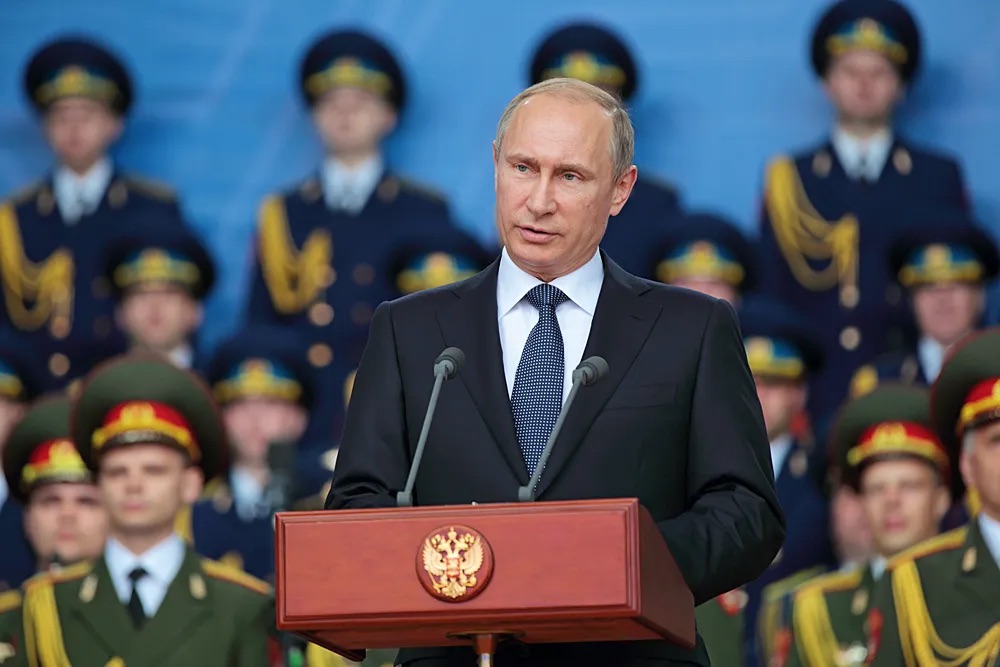The Cheapest Currencies In The World While many people are familiar with the strongest and most influential global currencies, the least valuable or cheapest ones often remain unknown. The names and issuing countries of these currencies can be difficult to find for most individuals. Consider well-known national currencies such as the British Pound Sterling, the Swiss Franc, and the US Dollar – these have a reputation for stability along with their respective countries. However, compiling a list of the least valuable currencies in the world becomes challenging due to the rapidly changing economic situations in these countries. Nonetheless, it is possible to identify specific national currencies that have recently experienced significant devaluation. This article will explore the ten least valuable currencies in the world currently, compared to the US Dollar and the Indian Rupee.
Outlines Of Guide
ToggleTop 10 Cheapest Currencies In The World In 2024
| Currency | 1 INR Value | 1 USD Value |
|---|---|---|
| Iranian Rial | 508.53 IRR | 42,275.00 IRR |
| Vietnamese Dong | 286.53 VND | 23,820.00 VND |
| Sierra Leonean Leone | 237.59 SLL | 19,750.00 SLL |
| Lao/Laotian Kip | 232.94 LAK | 19,476.31 LAK |
| Indonesian Rupiah | 184.40 IDR | 15,328.80 IDR |
| Uzbekistani Som | 145.06 UZS | 12,058.49 UZS |
| Guinean Franc | 103.20 GNF | 8,578.69 GNF |
| Paraguayan Guarani | 87.21 PYG | 7,249.73 PYG |
| Ugandan Shilling | 44.86 USH | 3,728.76 USH |
| Iraqi Dinar | 15.73 IQD | 1,307.68 IQD |
Iranian Rial (IRR)
Currently, the exchange rate between the Indian Rupee and the Iranian Rial is 1 Indian Rupee equals 508.53 IRR, which designates the Iranian Rial as the least valuable currency worldwide. The devaluation of the Iranian Rial can be ascribed to various factors including political instability within the country, the Iran-Iraq conflict, and their nuclear program.
Vietnamese Dong (VND)
The exchange rate between the Indian Rupee and the Vietnamese Dong is 286.53 VND per 1 INR. Vietnam has traditionally functioned with a centralized economy, and although attempts have been made to transition to a market economy, there is still significant progress to be made. At present, the Vietnamese Dong is undergoing a substantial decline in value.
Sierra Leonean Leone (SLL)
The Indian Rupee is currently valued at 237.59 SLL against the Sierra Leonean Leone. Sierra Leone, an African nation, suffers from rampant poverty. The country has a history of scandals, corruption, and conflicts in Western Africa, including a devastating civil war. As a result, both the economy and currency value of Sierra Leone have declined.
Lao/Laotian Kip (LAK)
The Lao currency, established in 1952, has remained relatively low in value, with 1 Indian Rupee being equivalent to 232.94 LAK. However, there is a positive trend as the currency has been gradually increasing in value over time.
Indonesian Rupiah (IDR)
The exchange rate between the Indian Rupee (INR) and the Indonesian Rupiah (IDR) stands at 1 INR equals 184.40 IDR. Over the last seven years, the Indonesian Rupiah has not demonstrated any signs of improvement. Several factors have contributed to its depreciation, including a decline in foreign exchange reserves, inadequate currency protection measures by the central bank, and heavy reliance on commodity exports in the country. In addition, the decrease in commodity prices has further impacted the value of the currency. Another risk to capital flow is posed by foreign investors who hold a significant portion of Rupiah sovereign bonds.
Uzbekistani Som (UZS)
The exchange rate between the Indian Rupee and the Uzbekistani Som is 1 INR = 145.06 UZS. Uzbekistan has one of the weakest economies, which has led to a devalued currency. Although the epidemic has had a negative impact on the country’s economy, there are signs that internal operations will restart in the third quarter of 2022. However, the decrease in industrial production has created uncertainty about the future value of the currency.
Guinean Franc (GNF)
The official currency of Guinea is the Guinean Franc, with an exchange rate of 103.20 GNF for 1 Indian Rupee. Guinea faces challenges such as widespread corruption and political unrest, which have resulted in the weakening of its currency. Over time, the value of the nation’s currency has consistently decreased.
Paraguayan Guarani (PYG)
The exchange rate between the Indian Rupee and PYG is 87.21. The nation went through a severe economic collapse, which led to inflation, corruption, unemployment, and poverty. All of these factors have negatively impacted the currency.
Ugandan Shilling (USH)
The exchange rate between the Indian Rupee and the Ugandan Shilling is 1 INR to 44.86 USH. In 1966, the Ugandan Shilling was introduced as a replacement for the East African Shilling. Currently, the Ugandan Shilling is considered one of the least valuable currencies. During Idi Amin’s reign, Uganda faced significant setbacks caused by measures such as immigration laws that had a negative impact on the nation’s economy. The effects of this economic decline initiated by the president still hinder the country’s progress. However, in recent years, there has been an increase in the value of the currency, with devaluations limited to a maximum of 5 percent.
Iraqi Dinar (IQD)
The exchange rate between the Indian Rupee and the Iraqi Dinar is 1:15.73. The Iraqi Central Bank prints the country’s currency, known as the dinar. In addition to facing high inflation, Iraq has also been plagued by political turmoil in the last ten years, leading to a devaluation of their currency.
faq’s
Why is the Iranian Rial considered the world’s cheapest currency?
The Iranian Rial holds the distinction of being the lowest currency in the world, primarily due to economic sanctions that have restricted Iran’s ability to export petroleum. Consequently, these sanctions have led to political uncertainty and a decline in the value of the currency.
Which currency holds the title of the highest valuation globally?
The Kuwaiti Dinar holds the top position as the most valuable currency globally.
What factors contribute to the low value of the Vietnamese Dong?
The Vietnamese Dong is facing difficulties in transitioning from a centralized to a market economy. Investor apprehension towards capital investment in the country is causing the value of the dong to remain low.
Summary
To sum up, the compilation of the weakest currencies in the world highlights the numerous obstacles these economies confront. The devaluation of these currencies can be attributed to factors like political instability, the shift towards a market economy, inflation, and external shocks such as the Covid-19 pandemic. While a few national currencies have exhibited slight advancements, others have encountered difficulties in reclaiming their previous worth. Nevertheless, there is optimism for favorable transformations since countries endowed with abundant natural resources and endeavors towards political stability possess the capacity to make headway and enhance the value of their currencies in the forthcoming years.











































